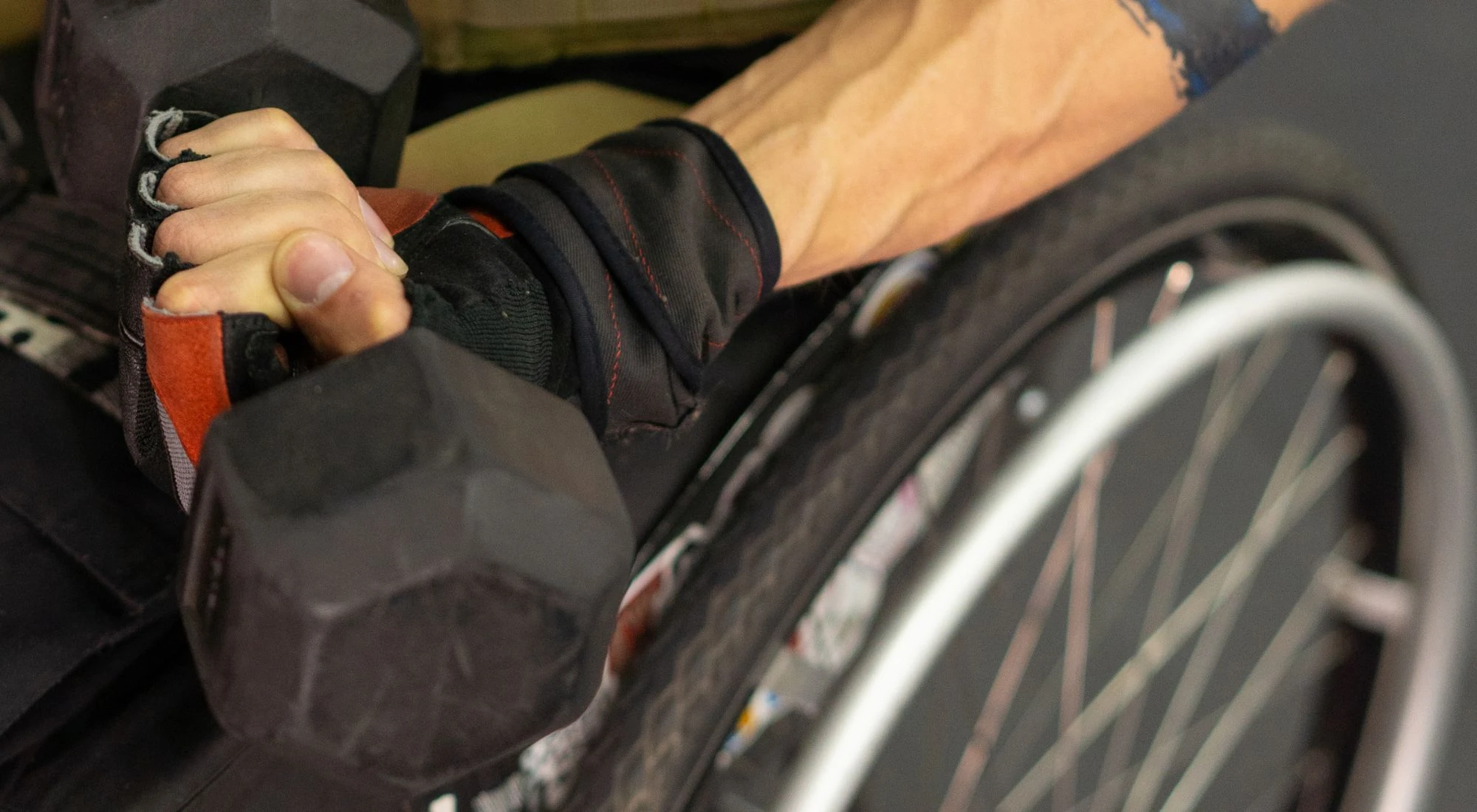A new study projects a 22% annual growth rate for inclusive fitness solutions, driven by government support, tech innovations and rising global demand
As the global fitness industry continues to embrace inclusivity, a new Research and Markets report provides insights into the market for fitness platforms designed for individuals with disabilities.
Released on January 27, the report – Fitness Platforms for the Disabled Market by Type, Platform, Devices, and Region – forecasts remarkable growth in this segment, projecting an increase from $3.38 billion in 2024 to $30.78 billion by 2035 – with a compound annual growth rate (CAGR) of 22.24%.
This surge is seen to be driven by growing advocacy for inclusive fitness, government support, technological advancements in digital platforms and adaptive equipment, and a rising demand for remote and accessible fitness solutions.
The report provides a detailed analysis of 17 countries across North America, Europe, Asia-Pacific, Latin America, and the Middle East & Africa, outlining the key drivers and challenges shaping this evolving industry.
Key Market Trends: What’s Driving Growth?
Findings point to several factors that are fueling the expansion of fitness platforms for individuals with disabilities, including:
- Stronger Government and Institutional Support
Awareness of the importance of fitness for individuals with disabilities is growing, driven by advocacy from non-profit organizations, healthcare providers and government initiatives. Efforts to emphasize the mental and physical health benefits of physical activity for disabled individuals are fueling demand for more accessible fitness platforms. - Advancements in Digital Platforms and Adaptive Equipment
The rise of AI-driven personal training, smart fitness wearables and adaptive fitness technology is making workouts more tailored and accessible than ever before. In fact, the wearable devices segment is predicted to grow at the fastest CAGR during the forecast period owing to its ability to provide continuous health and fitness monitoring, such as heart rate, steps, and activity levels, which is particularly beneficial for individuals with limited mobility or specialized health needs. - Growing Demand for Remote and Virtual Fitness Solutions
With the expansion of digital fitness, on-demand content, mobile apps and virtual coaching platforms, individuals with disabilities now have more flexible options to engage in fitness.
According to the report, North America is expected to hold the largest revenue share during the forecast period, driven by high awareness of adaptive fitness, a strong healthcare infrastructure, supportive government policies promoting inclusivity, and the presence of major fitness platform providers offering accessible solutions for individuals with disabilities.
“We are certainly seeing technology play a bigger role,” says Patrick Lawrence, chief programs officer for the Challenged Athletes Foundation, San Diego. “When it comes to major fitness platform providers and adaptive equipment, one segment we’ve seen big growth in is electric assist handcycles, which are very tech-reliant.”
Meanwhile, the Asia-Pacific region is projected to experience the CAGR, fueled by increasing awareness of disability-inclusive fitness, rising investments in healthcare technology, and expanding smartphone penetration. As accessibility initiatives gain traction across countries in the region, fitness platforms are becoming more widely available to a larger population.
What’s Leading the Charge?
By Type: Exercise & Weight Loss Platforms Lead the Market
In 2024, the exercise and weight loss segment led the global fitness platforms for the adaptive fitness market in revenue, driven by a growing emphasis on physical health, mobility improvement, and weight management among individuals with disabilities. Awareness campaigns and specialized fitness programs tailored to their needs further contributed to this growth.
By Platform: iOS Takes the Lead
From a platform perspective, iOS emerged as the top-grossing segment, largely due to the widespread adoption of Apple devices in developed markets. iOS platforms also offer advanced accessibility features that cater specifically to individuals with disabilities, making them a preferred choice for fitness solutions.
By Device: Smartphones Are the Primary Access Point
Among devices, smartphones emerged as the top-performing segment, thanks to their convenience, portability, and widespread availability. With high smartphone penetration, users can easily access fitness platforms anytime and anywhere, making mobile-based solutions the most practical and widely used option for individuals with disabilities.
With continued advancements in technology, increased advocacy and growing investment in adaptive fitness solutions, the fitness platforms market for individuals with disabilities is poised for sustained growth.
“The opportunity for continued and increased connectivity globally is a win,” says Lawrence. “The advent of social media made the world a smaller place and there is an increase in the idea that people with disabilities can have an active lifestyle. I think platforms that cater to individuals with disabilities have a promising future.”













